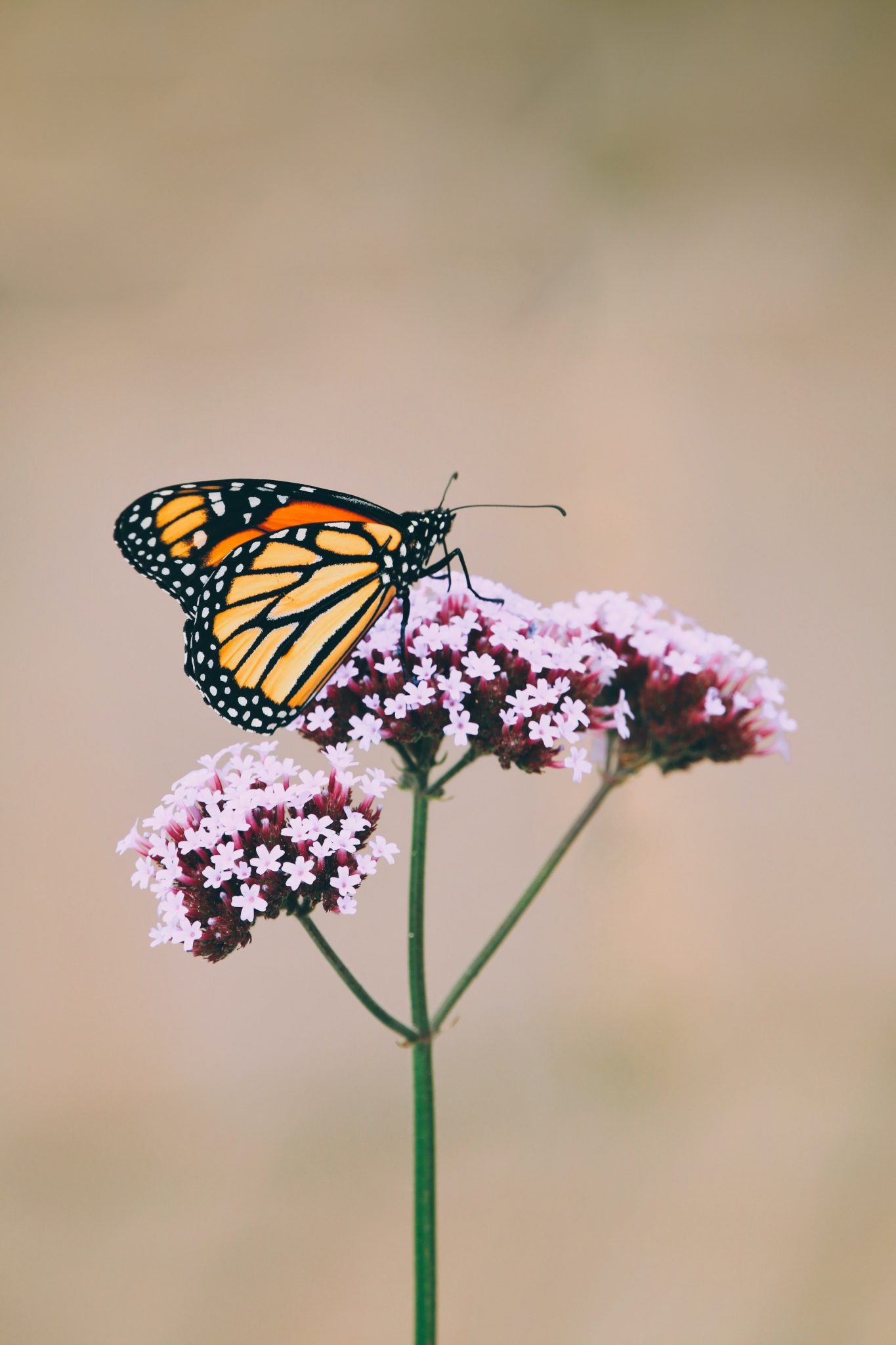This is a joint op-ed from Brian Shupe, Executive Director of Vermont Natural Resources Council, and Collin O’Mara, President and CEO of National Wildlife Federation.
Vermonters have always turned to nature for rejuvenation and recreation, perhaps even more so since the pandemic began. This has given more of us a firsthand look at our state’s remarkable ecological diversity, and many of us have taken respite in the habitats in which Vermont’s wildlife reside. But what people may not have noticed is the wildlife crisis quietly unfolding all around us.
Scientists estimate roughly one-third of the wildlife species in the United States are at an elevated risk of extinction. Here in Vermont, the Vermont Fish & Wildlife Department (VTF&W) has identified nearly 1,000 wildlife species in need of conservation action. The species at risk are found in every habitat and among all major groups of wildlife — from lesser-known mammals like the American marten to the monarch butterfly.
The good news is, both chambers of Congress are considering a bold, bipartisan bill that will go a long way to addressing this wildlife crisis while creating jobs and bridging the political divide. The Recovering America’s Wildlife Act — led in the Senate by the bipartisan team of Sens. Martin Heinrich, D-N.M., and Roy Blunt, R-Mo. — will direct $1.4 billion of existing federal revenue toward state and tribal efforts to help revitalize fish and wildlife species in decline. More than 169 representatives from both sides of the aisle have co-sponsored the House bill, including Rep. Peter Welch here in Vermont.
If passed, the bill would send approximately $11.8 million annually to Vermont, which would be allocated to support the nearly 1,000 at-risk species by restoring habitat, removing invasive species, addressing wildlife diseases, reducing water pollution, and mitigating climate change.
The Recovering America’s Wildlife Act also provides additional funding for federally-listed endangered species, like the Indiana bat, dwarf wedgemussel and rusty patched bumble bee. But the main thrust of the bill is intended to prevent wildlife from needing the Endangered Species Act’s federal protections in the first place.
We know this type of proactive wildlife restoration pays off. Two decades ago, Congress created a grant program, aimed at helping states step in early, before a species begins to teeter on the brink of extinction. Despite being chronically underfunded, this program has seen meaningful successes.
For example, widespread shoreline development has greatly restricted the spiny softshell turtle’s nesting habitat on Lake Champlain, the only New England location where it is a native species. With funding from the State and Tribal Wildlife Grants Program, the VTF&W has been working for over 20 years with partners to protect and manage the turtles’ remaining nesting sites, enhance its habitat, and reduce depredation to increase nesting success and hatchling survival. As a result of these efforts, the number of successful nests increased exponentially from just nine in 2004 to 97 in 2018.
This is just one example of how proactive conservation is good for wildlife, good for taxpayers, and good for business. According to Vermont’s Wildlife Action Plan, published in 2015, resident and non-resident hunting, fishing and wildlife viewing expenditures in the state totaled $704 million. The work funded by the Recovering America’s Wildlife Act will be guided by that plan, which outlines the actions needed, and describes the science behind these recommendations.
The Recovering America’s Wildlife Act would create good jobs for Vermonters today while protecting our state’s wildlife heritage for tomorrow. During this legislative session, we hope even more members of Vermont’s congressional delegation — including Sens. Bernie Sanders and Patrick Leahy — will champion this groundbreaking bill and help it become the law of the land.




